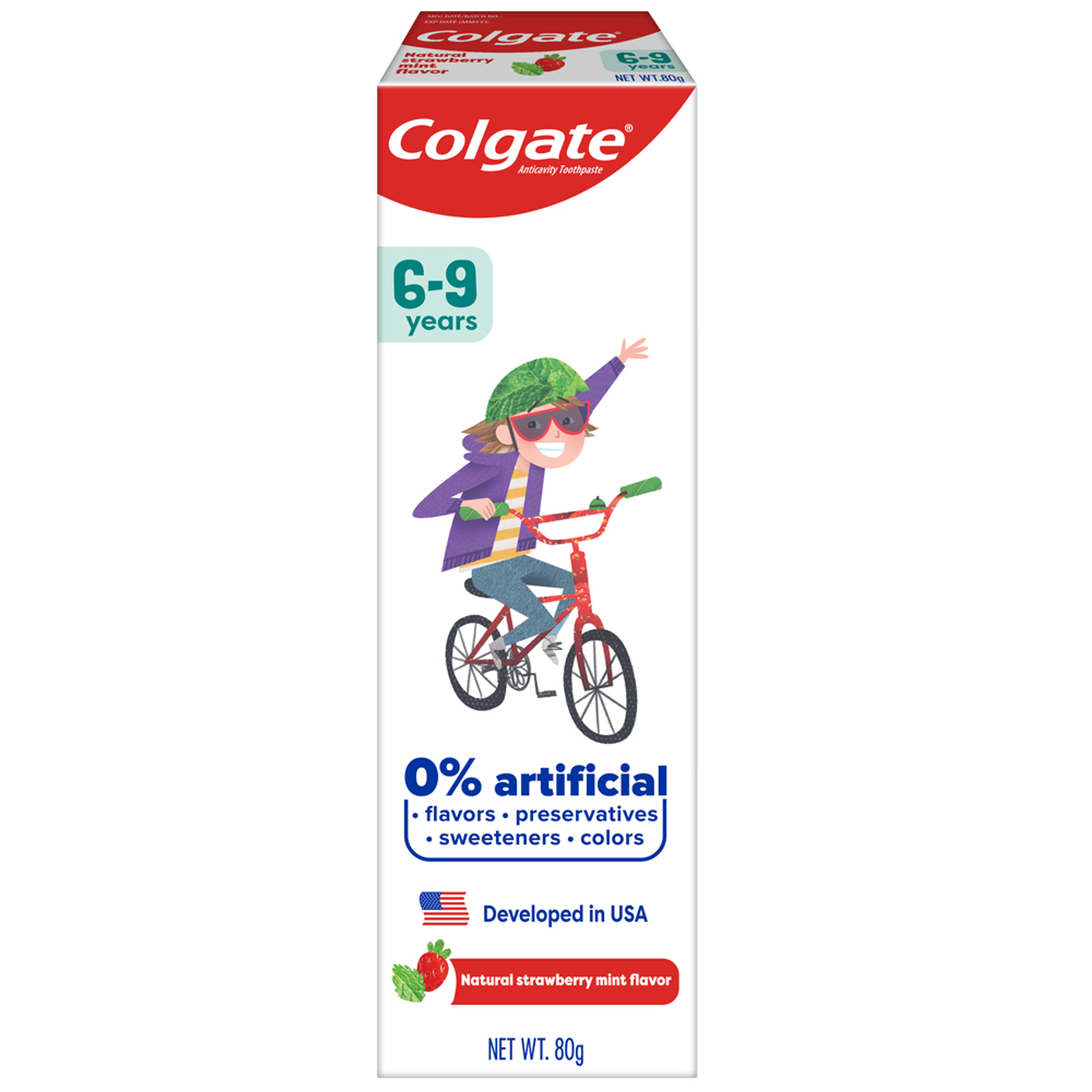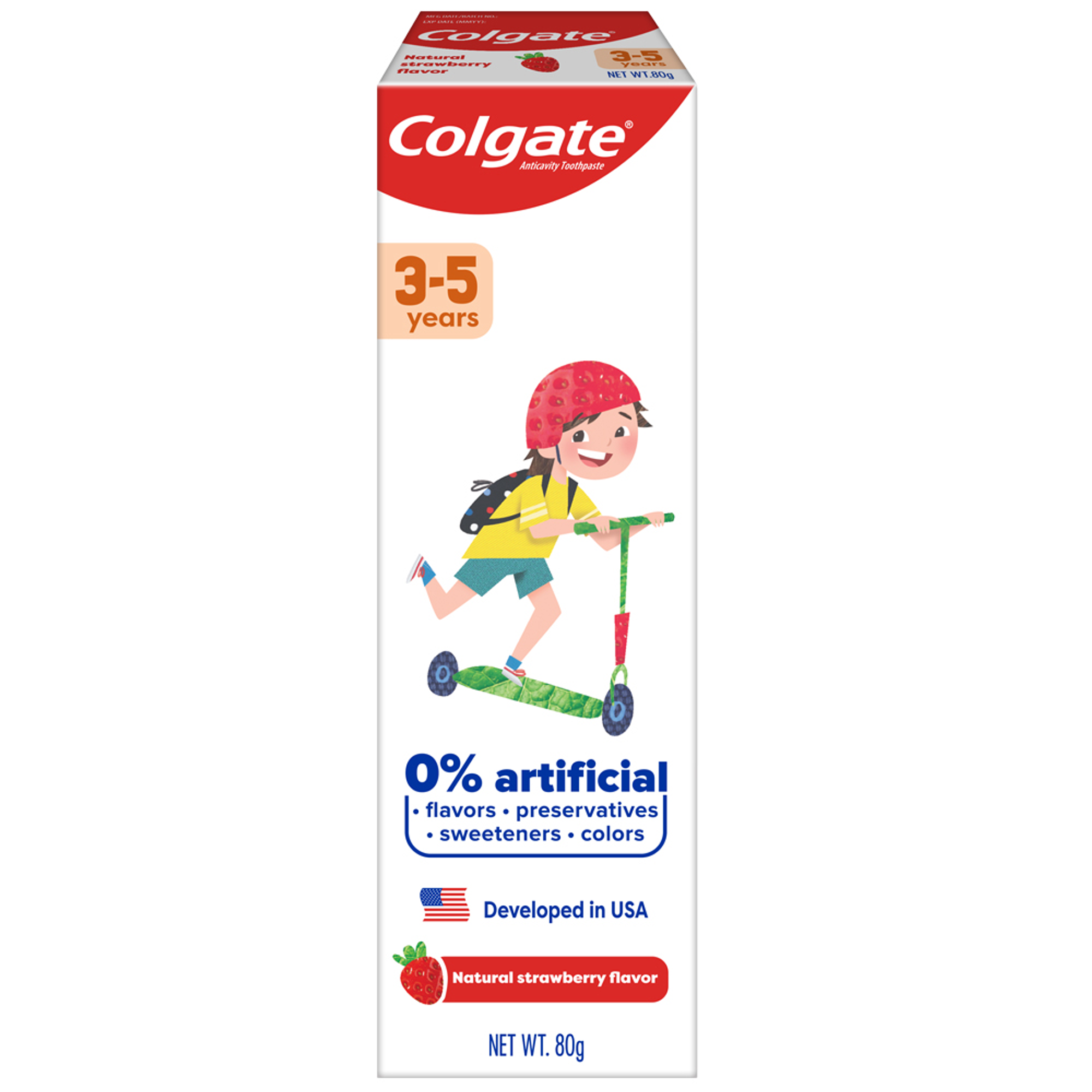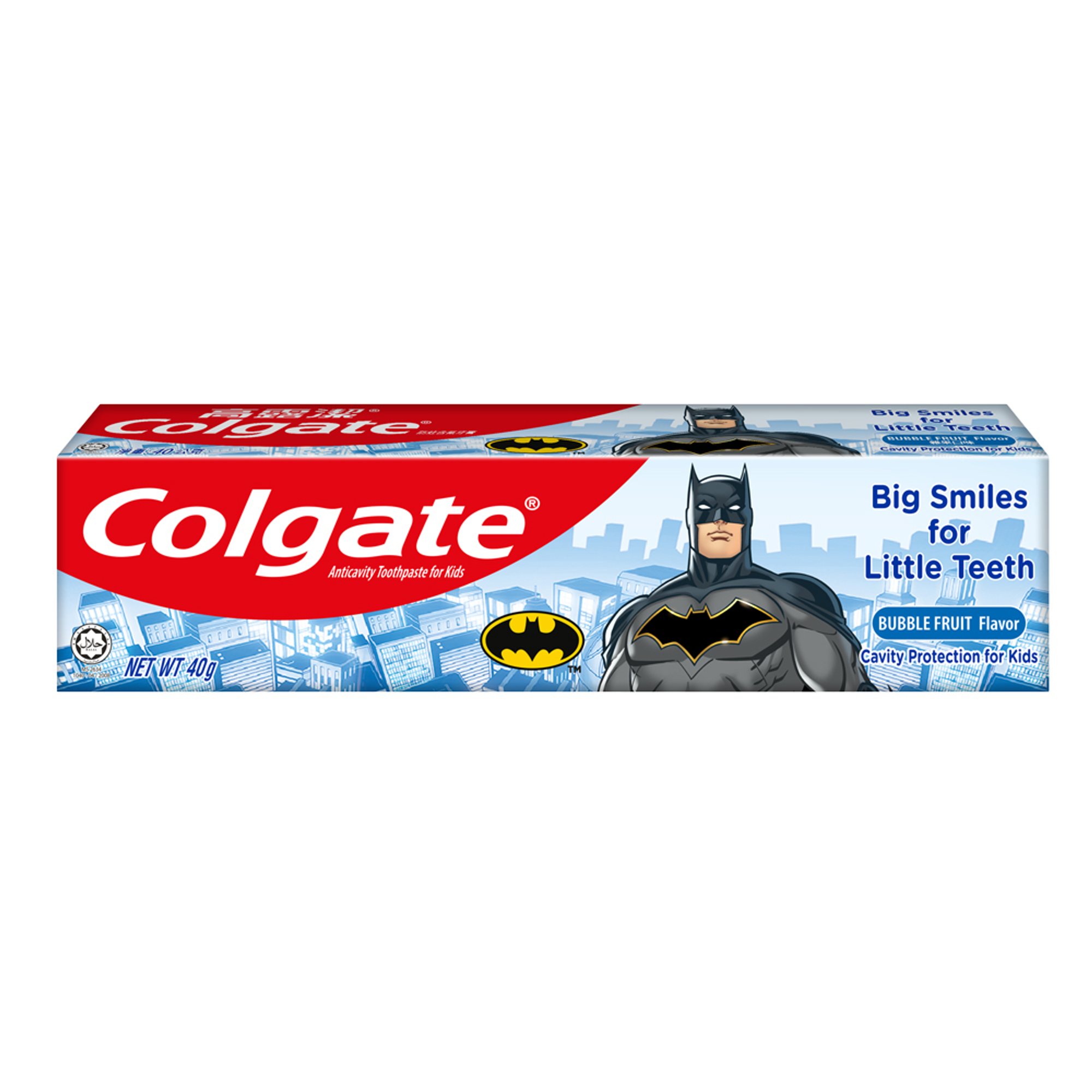- Oral Health and Dental Care | Colgate®
- Oral Health
- Teething Rashes: Symptoms And Treatment For Your Baby


Did you know that your baby's salivary glands start working between two and three months of age? According to Benioff Children's Hospital, your infant may go from dry and content to fussy and drooly seemingly overnight. Add in the extra pain of teething, and your little one may drool so much that it actually causes teething rashes.
A teething rash is usually redness or dry skin around the mouth, chin and even the cheeks. Although it's not usually something to be worried about, it can cause some discomfort. Understanding what's causing your baby's rash — and the best way to deal with it — can help you offer more comfort and care during those crucial teething phases.
Teething Rash and Its Symptoms
Your child's salivary glands start working around the same time that teething can start, doubling the effect on your baby's sensitive skin. It's important to note, however, what is actually causing your baby's rash. A teething rash accompanies excess drooling and other teething symptoms, including the following:
- Fussiness
- Chewing or biting on objects
- Refusing food
- Trouble sleeping or irritability at night
- Swelling and tenderness of the gums
According to the American Dental Association, babies usually start teething between 6 and 12 months of age. If your baby has a rash but doesn't seem to be drooling much or doesn't have other teething symptoms, talk to your doctor. He or she can put together all of the clues to decide whether your baby's rash is directly related to teething or the result of another skin condition.
Teething Rashes and Treatment
Teething rashes are localised to the mouth, chin and cheeks and are simply the result of your baby's skin becoming and staying wet, thanks to the uptick in salivary production during teething. When your baby's sensitive skin becomes wet and then comes in contact with things like fabric or food, it can cause irritation. Teething rashes are usually short-lived, but you can help prevent and treat the redness and discomfort with these tips:
- Wipe away drool with a soft cloth as soon as you notice it. The longer your baby's skin remains wet, the better chance it has to develop into a teething rash.
- Put a thin coat of petroleum jelly around your baby's lips and chin. This puts a protective barrier between saliva and skin.
- Use a mild baby soap to wash during bathtime, as harsh detergents and soaps can irritate sensitive skin further.
- Change your baby's clothing when it becomes wet; even the softest shirts can irritate the skin if they are damp.
- Use bibs to keep another layer between clothes and your baby's saliva. Change the bib often.
- See your doctor if the rash becomes chapped, broken or doesn't seem to go away with treatment. It may be more serious than a simple teething rash, and your paediatrician can prescribe ointments to help clear up stubborn and painful rashes.
As soon as your baby's skin is dry, clean and friction-free, you should see a marked improvement in teething rashes.
Teething can already be a drag — for you and your baby. Irritated, chapped skin can make the teething phase even harder than it has to be. By keeping your little one's skin clean and dry, you'll have one less symptom to worry about.
Once your child is ready, take care of their new teeth by brushing with a fluoride-free toothpaste, which gently cleans teeth with no artificial colours, fluoride, preservatives or sodium lauryl sulfate. This gentle formula is perfect for your little one and will take care of those hard-earned new teeth.
Related Products

Helping dental professionals
More professionals across the world trust Colgate. Find resources, products, and information to give your patients a healthier future













